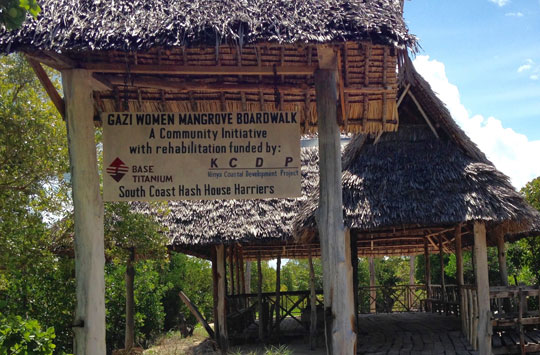Dates: April 2016-April 2017

Mangroves are valued by different people in diverse ways – as places to fish, sources of fodder, protection against storms or tides, sites of tourism, or as part of ecosystems and the carbon cycle. Many mangroves are threatened by changes in the environment and the demands made on them by people and industrial development.
This project looks at how market-based programmes that aim to expand, protect or restore mangrove forests in two countries are used to respond to this problem. These are meant to correct market failures and bring different groups together around a shared set of priorities about local mangrove conservation. We explore the impacts of these programmes and what they mean for environmental sustainability and economic development, and the rights, access, livelihoods and justice for different people. Comparing and contrasting these examples can help us to understand how the ‘marketisation’ of nature happens, and what kind of ‘unruly’ or unpredictable spaces for debate are created around it.
The case studies are in two sites: Kutch in Gujarat, India, and the Mikoko Pamoja project in Gazi Bay, Kenya.
Blog posts
Livelihoods on the edge: contested mangroves in Kachchh by Max Martin, 5 December 2017
Publications
Making ‘Mangroves Together’: Carbon, conservation and co-management in Gazi Bay, Kenya by Amber Huff and Charles Tonui, STEPS Working Paper 95
Contact
- Amber Huff [email protected]
Project partners
- Institute of Development Studies, UK
- African Centre for Technology Studies (ACTS), Kenya
- The Mikoko Pamoja Community Based Organisation, Kenya